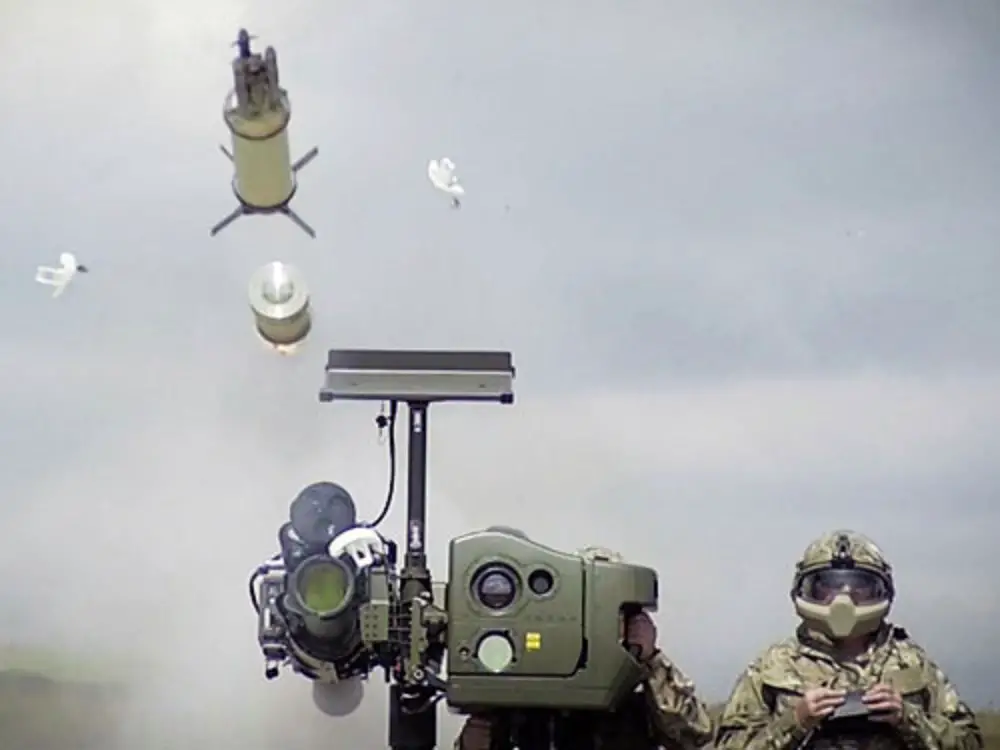Thales UK’s weapons plant has witnessed a significant surge in production, with output doubling and poised to double again in the near future. The company, headquartered in Northern Ireland, operates two crucial sites in the region, specializing in the design and manufacturing of high-precision missiles. The primary facility, located in east Belfast, is dedicated to the production of a variety of missiles, including the renowned Starstreak and Lightweight Multi-role Missile (LMM) systems, along with the final assembly of the Saab-designed NLAW. Complementing this, another plant situated in Crossgar, Co Down, handles the final assembly stage of these sophisticated weapons. Thales UK has played a pivotal role in providing support, with Starstreak, LMM, and Saab NLAWs procured by the UK Ministry of Defence being dispatched to Ukraine as aid.

Starstreak is a British short-range surface-to-air missile that can be used as a man-portable air-defense system (MANPADS) or used in heavier systems. It is manufactured by Thales Air Defence (formerly Shorts Missile Systems) in Belfast, Northern Ireland. It is also known as Starstreak HVM (High Velocity Missile). After launch, the missile accelerates to more than Mach 4, making it the fastest short-range surface-to-air missile in existence. It then launches three laser beam-riding submunitions, increasing the likelihood of a successful hit on the target. When used in the light or MANPADS role, the Starstreak missile is transported in a sealed launch tube. This tube is attached to an aiming unit for firing. The operator tracks the target using the aiming unit’s optically stabilized sight.

Martlet or the Lightweight Multirole Missile (LMM) is a lightweight air-to-surface, air-to-air, surface-to-air, and surface-to-surface missile developed by Thales Air Defence for the United Kingdom. It is named after a mythical bird from English heraldry that never roosts, the Martlet. The LMM was developed from the Starburst surface-to-air missile to meet the UK’s “Future Air-to-Surface Guided Weapon (Light)” requirement to equip the Royal Navy’s AW159 Wildcat helicopters and supplement the heavier Sea Venom missile by the engagement of smaller and manurable naval craft. The weapon is guided using a SACLOS system but Thales have proposed a variety of additional seekers including a semi-active laser, terminal Infrared, and GPS/INS systems. LMM can be operated from variety of platforms.

The NLAW (Next-generation Light Anti-tank Weapon) also known as the MBT LAW (Main Battle Tank Light Anti-armour Weapon) or RB 57, is a fire-and-forget, lightweight shoulder-fired, and disposable (single-use) line of sight (LOS) missile system, designed for infantry use. The system was developed in Sweden by prime contractor Saab Bofors Dynamics, on behalf of the British and Swedish defence authorities who procured the system in a joint venture. The missile uses a soft-launch system and is guided by predicted line of sight (PLOS). It can carry out an overfly top attack (OTA) on an armoured vehicle, or a direct attack (DA) on structures and non-armoured vehicles. NLAW has since development become the international designation of the weapon, while MBT LAW exist as a designation for the weapon in the British Army.















